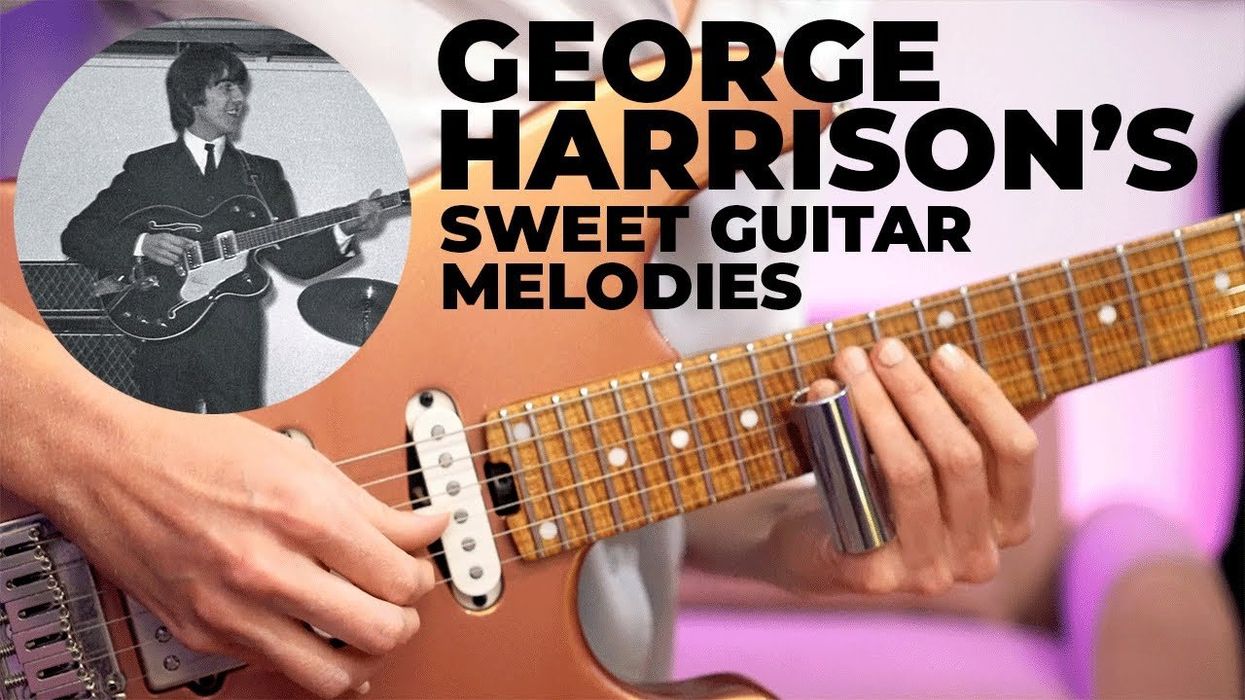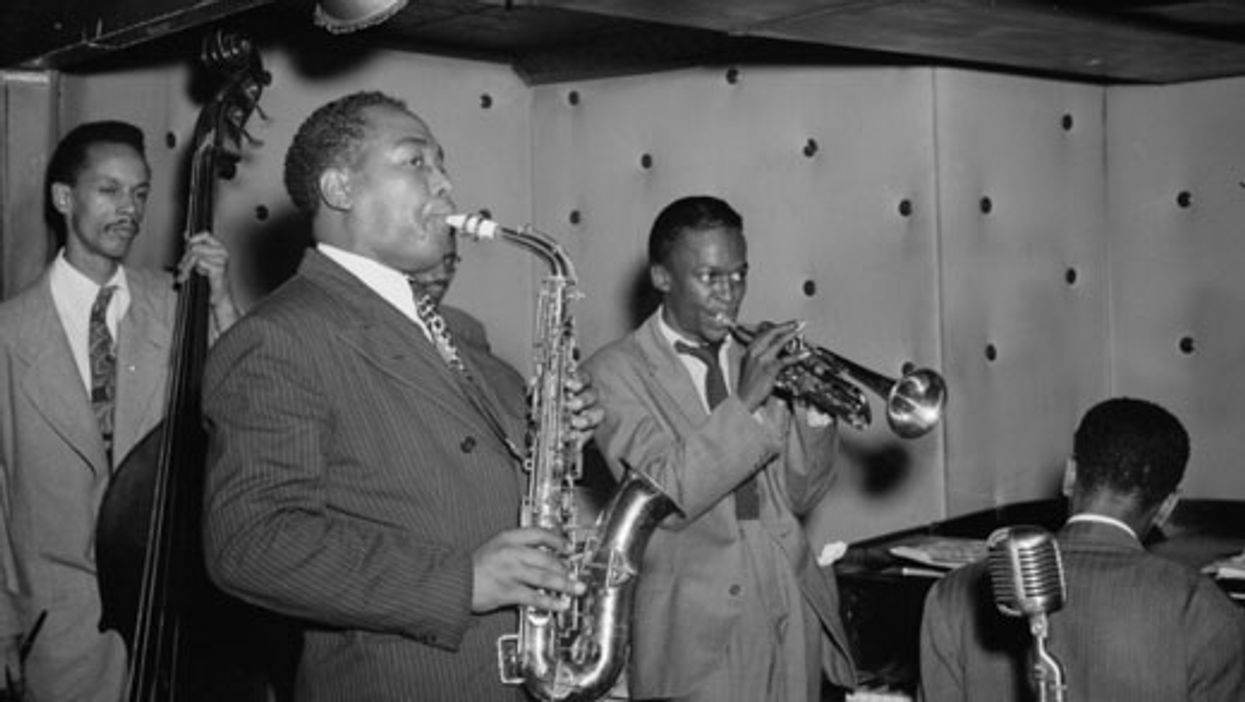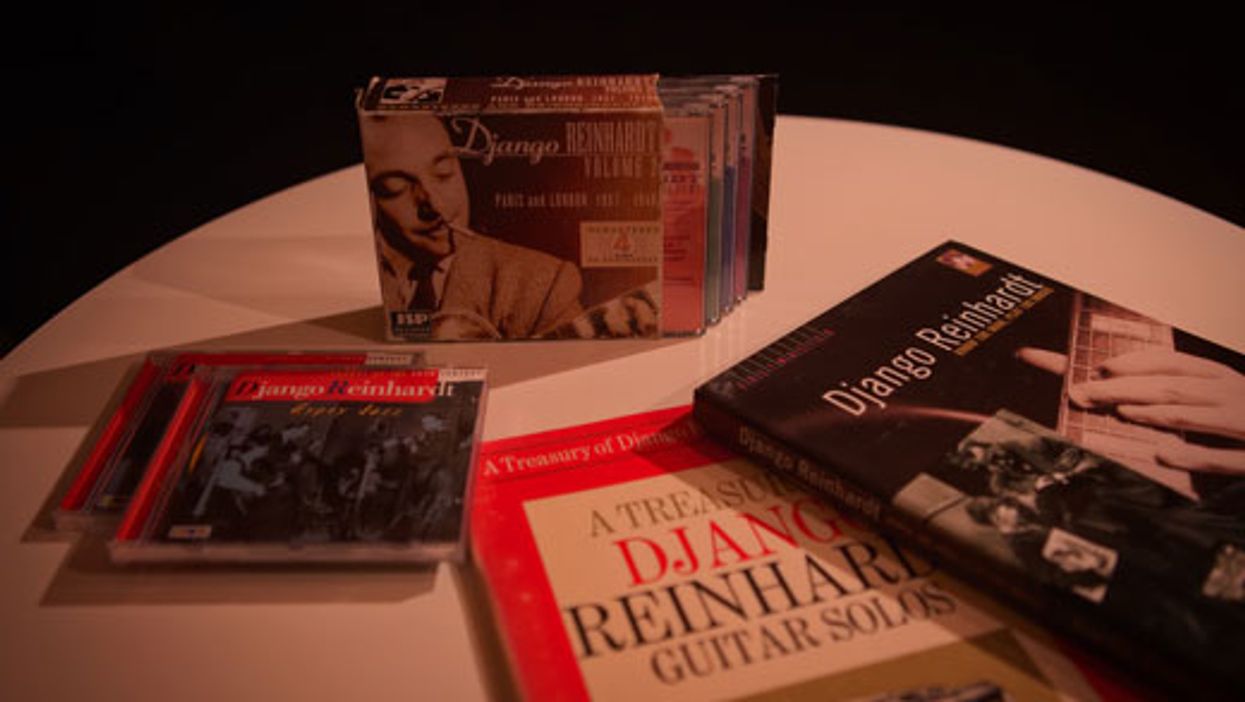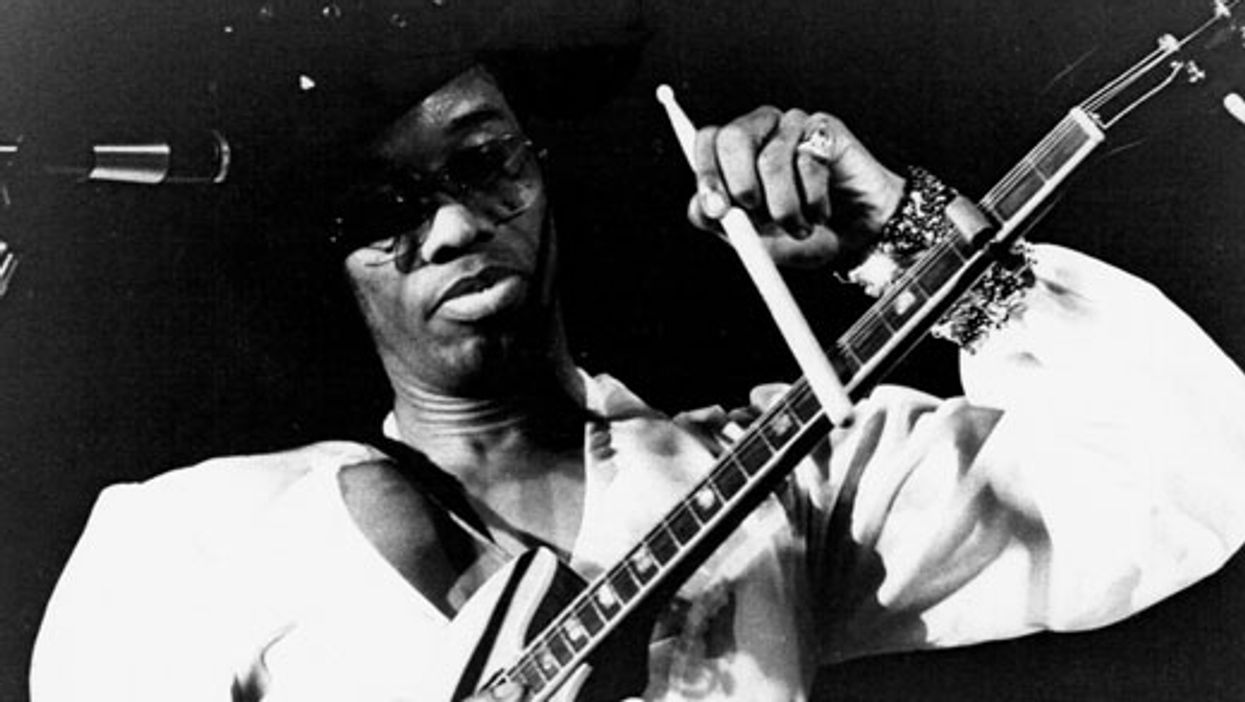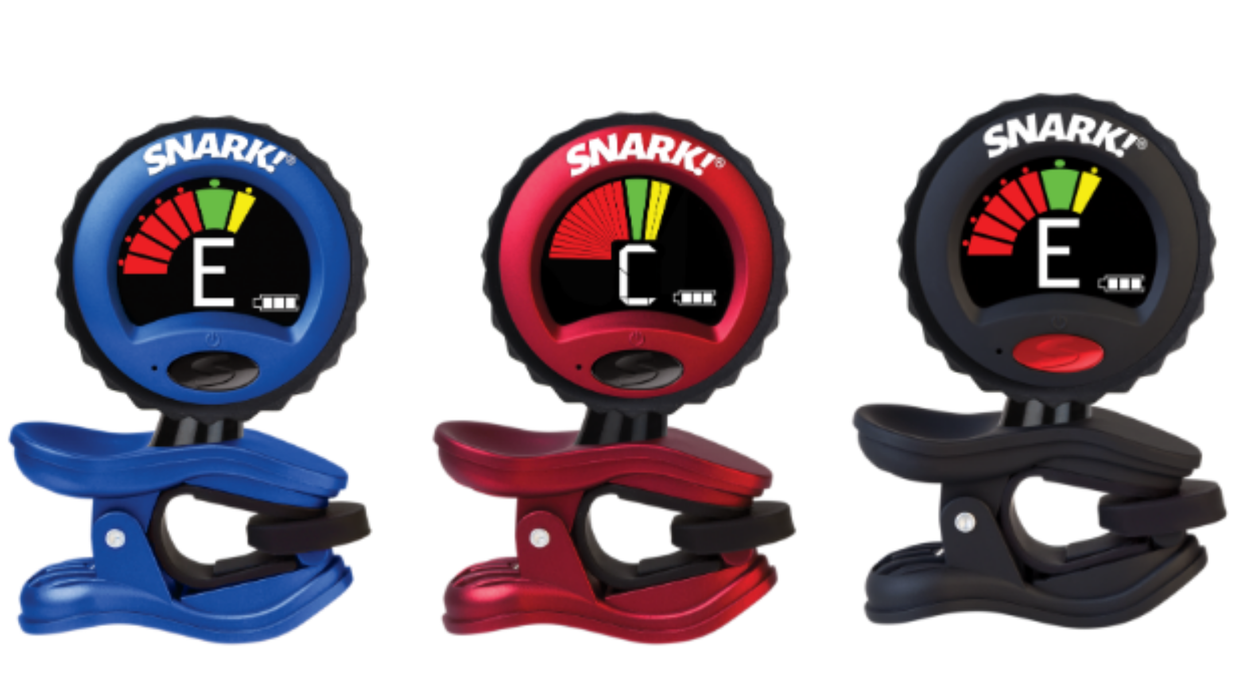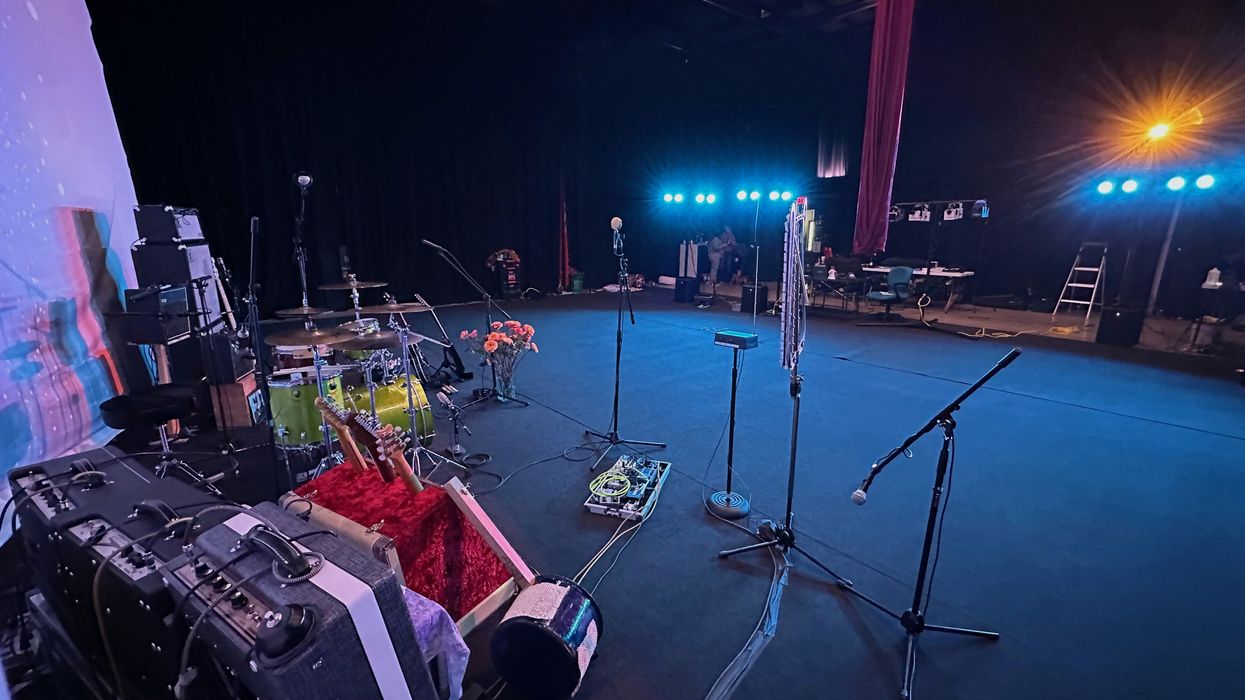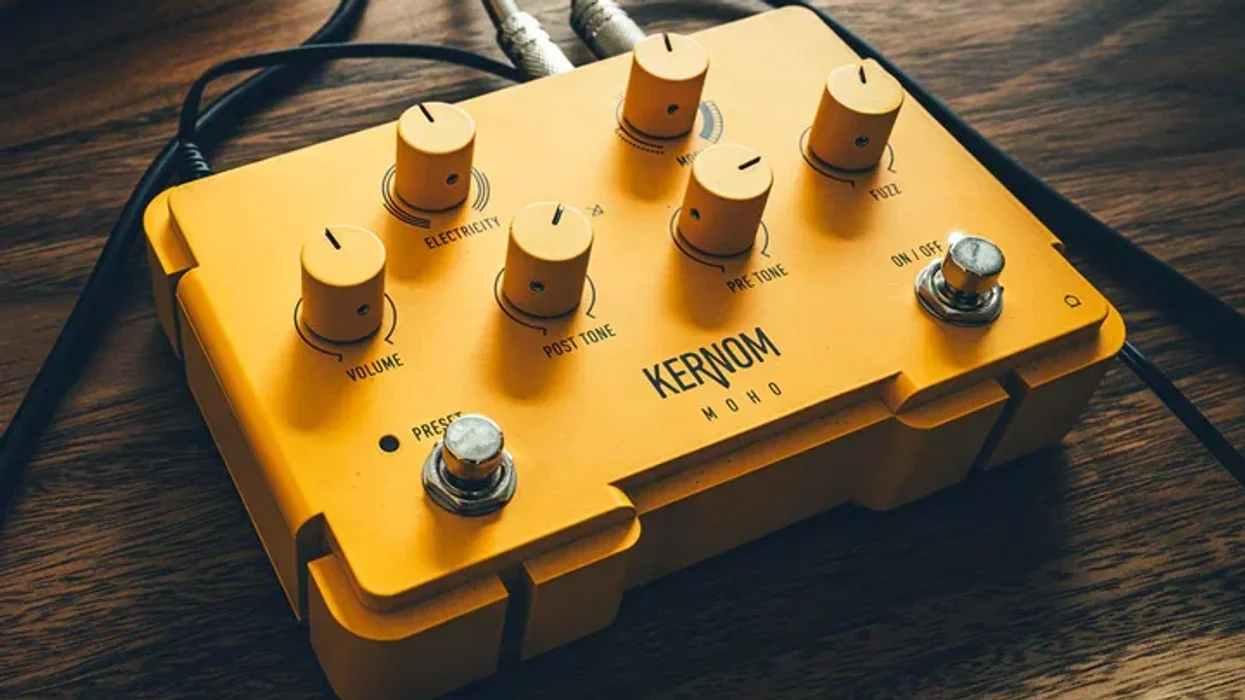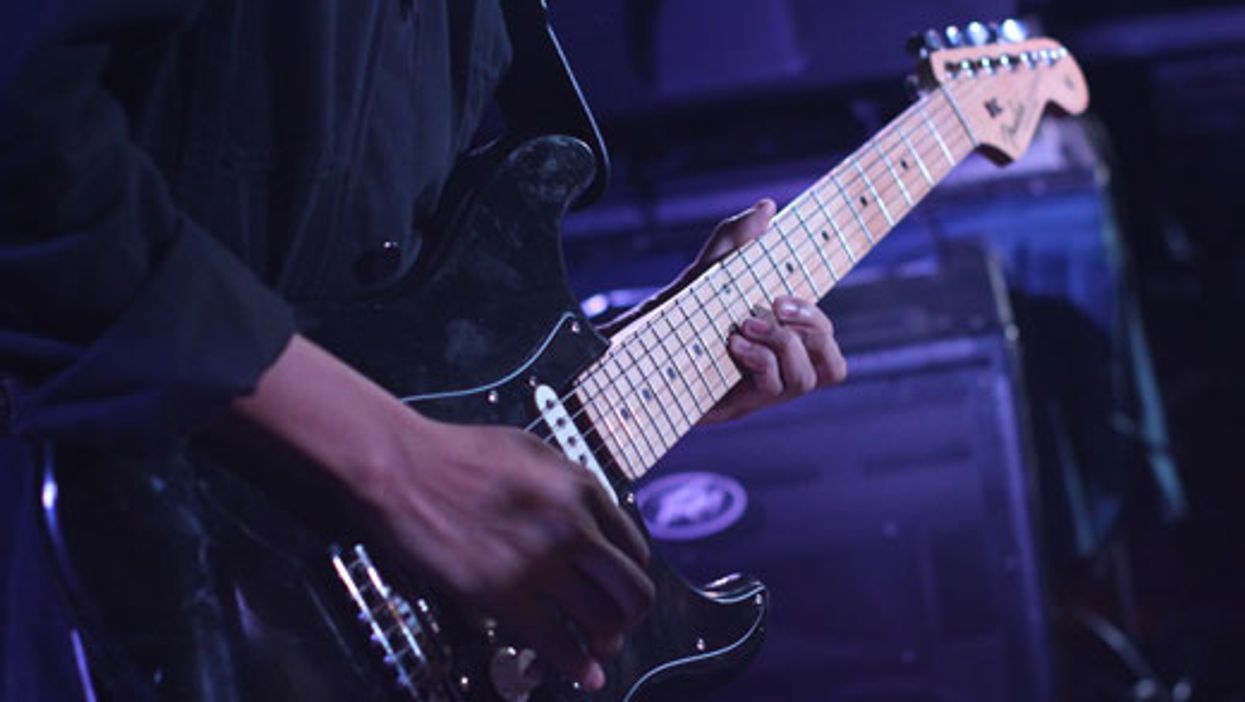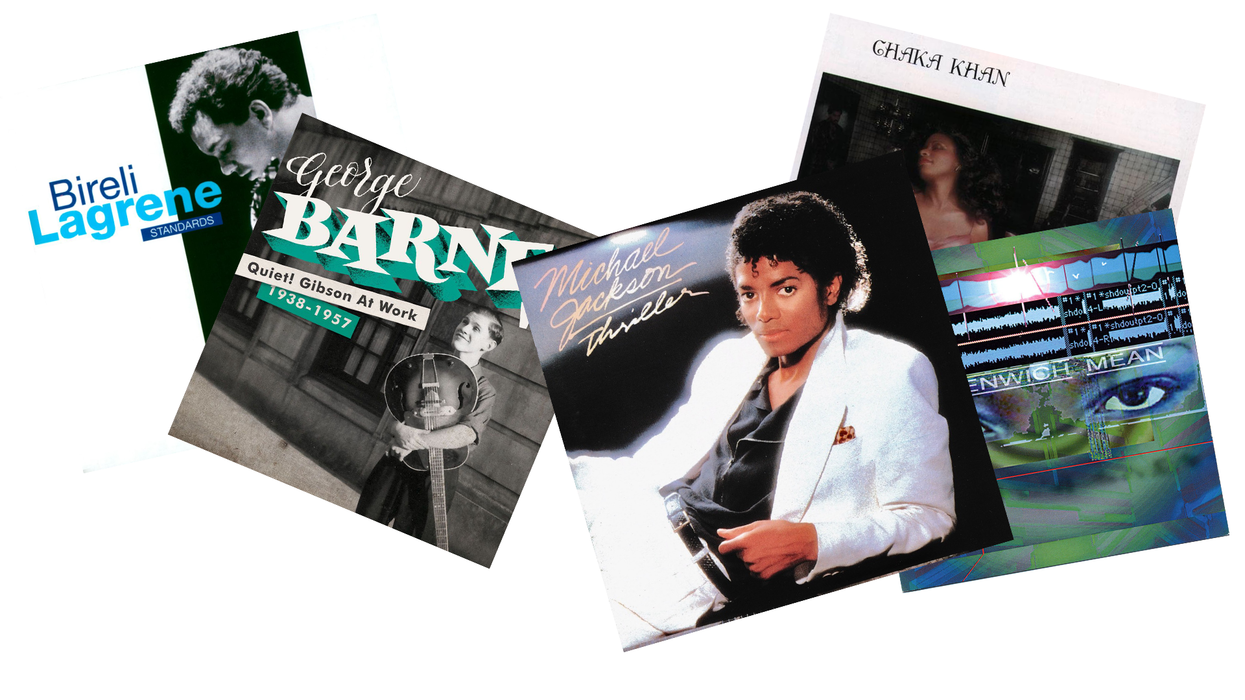Chops: Intermediate
Theory: Intermediate
Lesson Overview:
• Understand the concept of metered delay regenerations.
• Use a mathematical equation to determine values for delay regenerations at various tempos.
• Construct riffs and rhythm parts using delay with quarter-note, eighth-note, and dotted-eighth-note regenerations.
Click here to download MP3s and a printable PDF of this lesson’s notation.
Delay effects are most often used to create ambient echoes on a lead guitar track, or on understated rhythm tracks with a clean sound. But a precisely timed delay effect with just the right number of echo repeats can become part of the composition of a great riff ... if you use the right approach. Using delay this way requires rhythmically precise performances, and in order to time your delay repeats just right, you’ll have to plug some numbers into an equation. So grab your metronome and a calculator, and let’s get down to business.
Finding Delay Times Using a Formula
Song tempos (and riff tempos) are expressed as a ratio of beats per minute (bpm). So 90 bpm on your metronome means that in 60 seconds of music—a minute—there will be 90 quarter-notes (the quarter-note is the most common unit of beat, so we’ll use that as a starting point). So far, so good.
Delay times, however, are most often expressed in milliseconds (1,000ths of a second). So to calculate the delay time of a quarter-note regeneration or echo repeat, we’ll need to know how many milliseconds there are in a quarter-note at various tempos. Since there are 60,000 milliseconds in a minute (60 × 1,000 milliseconds), we’ll find the length of a quarter-note by dividing 60,000 by the number of beats per minute. The equation, therefore, is q = 60,000 ÷ bpm, where q is the length value of the quarter-note and bpm is the song tempo in beats per minute.
For example, say you have a song tempo of 89 bpm. You want to compose a riff using a delay with quarter-note echo repeats: q = 60,000 ÷ 89. This gives q a value of 674 and some change. Depending on the sensitivity of your delay processor, you may be able to dial in 670 ms or 675 ms. Either of these values will give you a delay regeneration roughly equal to a quarter-note at 89 bpm.
Setting The Delay
For this use of delay effects, we’ll start with the following basic settings:
Level: 75 percent
Repeats: between 2 and 4 repeats
Time: determined by note value and bpm (use formula)
By keeping the delay level high (but not too high) and the number of echo repeats low, you’ll ensure that the repeats will be a feature of the part without crowding out the performance. Remember, your playing is still the big picture. The delay effect is only a window dressing, if a nifty one. These settings are a good starting point, and you’ll find your own preferred settings as you go along.
Composing Riffs
Let’s start with a song part using a quarter-note delay at 69 bpm (Fig. 1). Okay, q = 60,000 ÷ 69 gives a value of about 869.6, so we’ll set the delay time to 870 ms.
Click here for Ex. 1
The idea here is to allow enough space for the delay to bounce back the performance in rhythm. Here, I’ve played a chord or lick during alternating quarters of each measure, resting during every other quarter to allow the delay effect to do its thing. When composing, it’s good to add some rhythmic variety to similar phrases—it really highlights the rhythmic possibilities of even a simple quarter-note echo repeat. Using the delay gives this straightforward “hair rock” rhythm piece a spacious character. You can imagine a second guitar ripping solo passages during the second and fourth beats of these measures.
Now, let’s vary the rhythm of the delay repeats and this time go for an eighth-note echo at a tempo of 81 bpm (Fig. 2). We’ll plug 81 into our equation: q = 60,000 ÷ 81 gives a value of 740.7. Because we’re after an eighth-note echo, and an eighth-note is half the value of a quarter-note, we have to multiply q by 1/2 (0.5 on the calculator): 740.7 × 0.5 = 370.4. So set the delay time to 370 ms.
Click here for Ex. 2
Having the downbeats played back on the upbeats lends a disco-like feel to this funky rhythm part. You can hear, in your mind’s ear, a driving drum part with accented hi-hats on all the “ands.”
A common use of this delay technique is to reproduce dotted eighth-notes. This final example will be a song hook at 90 bpm (Fig. 3). Here’s the math: q = 60,000 ÷ 90, gives q a value of 666.7, which is pretty evil. Don’t worry. Remember to multiply q by our desired note value to find the delay time—in this case, 3/4 (0.75 on the calculator), because a dotted eighth-note is 3/4 the value of a quarter-note: 666.7 × 0.75 = 500. Hey—500 is way less evil than 666.7, so we’re good.
Click here for Ex. 3
As you can hear, dotted eighth-note echoes add syncopation to a riff that’s not already syncopated, or add further syncopation to a riff that’s only slightly varied. It really dresses up this simple hook to make it a little hookier.
With a delay stomp box or software-based delay processor, you can really juice up simple riffs and rhythm parts. Setting metered regenerations lets you add texture and flair to hooks and instrumental interludes. Remember to use judgment when dialing in your repeat and level settings, and you can deploy pro-quality delay licks onstage, in the studio, or simply jamming at home. Just be sure to pack your metronome, calculator, and some imagination.

